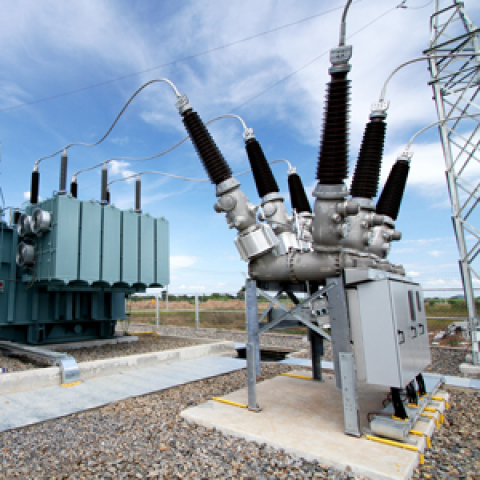
The Regional Evaluation, Measurement and Verification Forum (EM&V Forum) serves the Northeast and mid-Atlantic regions, from Vermont to the District of Columbia. The EM&V Forum works to support use and transparency of current best practices in evaluation, measurement, verification, and reporting of energy and demand savings, costs, avoided emissions and other impacts of energy efficiency, while also advancing the development of strategies and tools to meet evolving policy needs for efficiency. Building on eight years of regional collaboration, the strategic focus in 2017 is on:
EM&V 2.0 – Experimentation and Development of New Guidance and Metrics – for evolving programs and technologies. Research and monitoring of trends in data collection and analytics using automated M&V technology and software and new information needs to support planning and evaluation in the context of integrated efficiency and Distributed Energy Resources, and looking even further ahead, EM&V in the context of decarbonizing policies.
Continued Development of Best Practice Guidance and Tools – that help met current needs to collect, analyze and apply efficiency program results, address new program models, and learn from experience in the field.
Transparency of EM&V Methods and Protocols – to enhance credibility and support regional and national understanding of EM&V approaches.
The EM&V Forum is the only regional efficiency effort of its kind in the country. One of its unique features is that it bridges diverse interests by bringing together a broad stakeholder network to build a common understanding of EM&V and increased credibility and availability of efficiency-related data. The Forum connects with NEEP’s Regional Energy Efficiency Database (REED), policy tracking, technology strategies, and building performance activities to advance these goals. A Leadership Advisory Group informs and guides the direction and activities of the Forum.
As a resource to advance our M&V 2.0 efforts, the Regional EM&V Forum Team has been tracking the emergence and evolution of the advanced building automation industry. Vendors and market actors in this space are evolve rapidly and we have found the need to learn about the new and existing building automation tools and their impact on evaluation. In 2016, we conducted a high-level industry scan of 19 building automation companies and their respective products. Since then we have broadened our study, and have increased that number to 31. Below is a table of the 31 companies, categorized by their name, the type of service they provide, their geographic region, and their utility sector.
Thank you to our 2019 Project Funders:
Connecticut State Partners
New Hampshire State Partners
New York State Partners
Rhode Island State Partners
District of Columbia Partners
